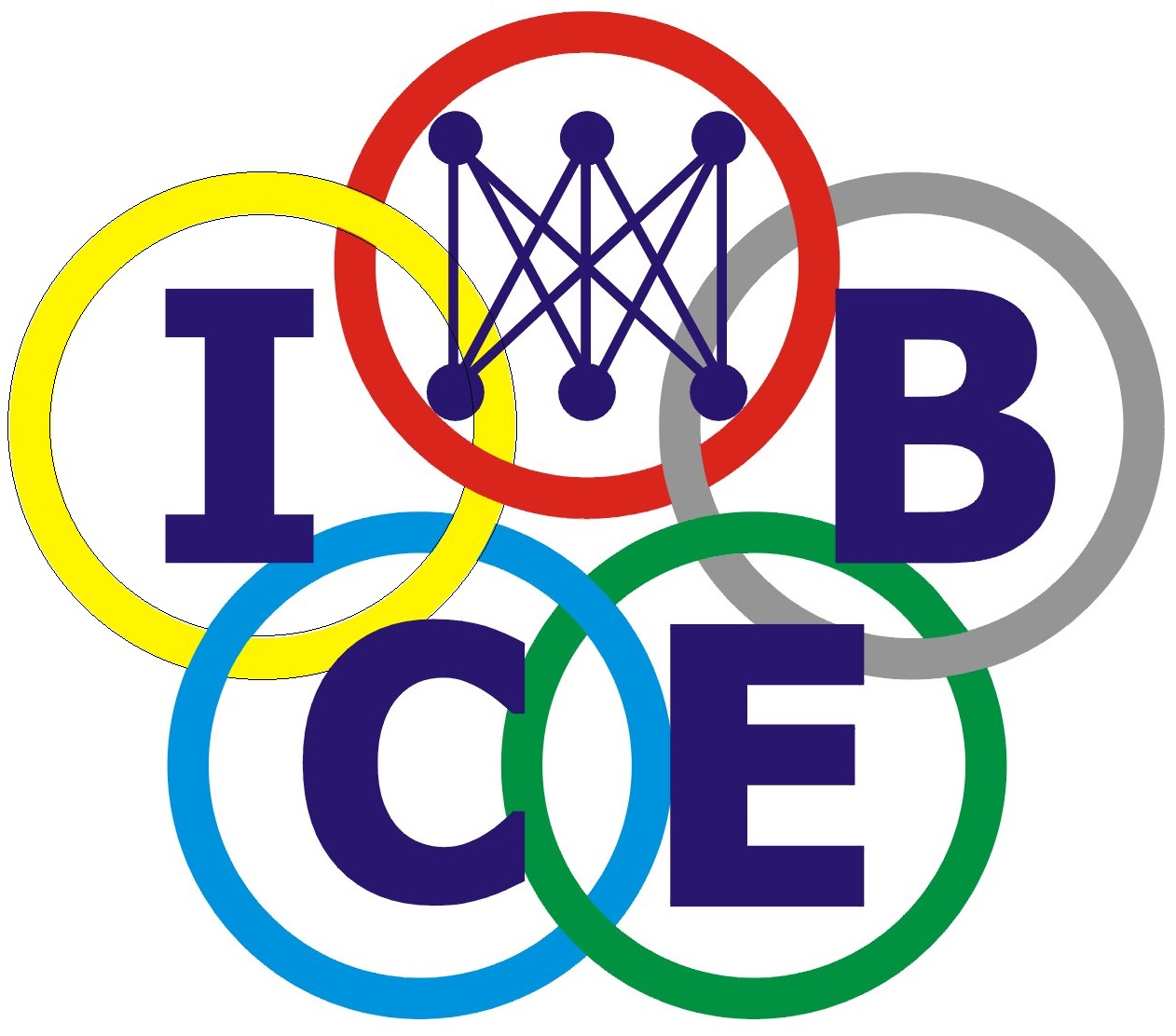Document Type
Article
Abstract
This paper examines the reasons individuals would choose electronic self-service delivery methods, more specifically that of the Internet, over more traditional methods of service delivery for government services. The approach taken was based upon a combination of attitudinal technology adoption models and the service quality concept, with data gathered via a questionnaire. Trust, financial security, information quality (all adoption barriers), time and money (both adoption benefits) were found to predict potential usage. The results obtained demonstrated that the current approaches are limited in that they only consider the benefits of technology adoption, they do not consider the barriers to adoption, which is particularly important for electronic public service delivery as a new offering. The results are significant to public service managers if they are to develop plans to increase the take-up of their electronic services.
Recommended Citation
Gilbert, David; Balestrini, Pierre; and Littleboy, Darren, "A study of Traditional versus e-Government Service Channels in the UK" (2003). ICEB 2003 Proceedings (Singapore). 23.
https://aisel.aisnet.org/iceb2003/23


